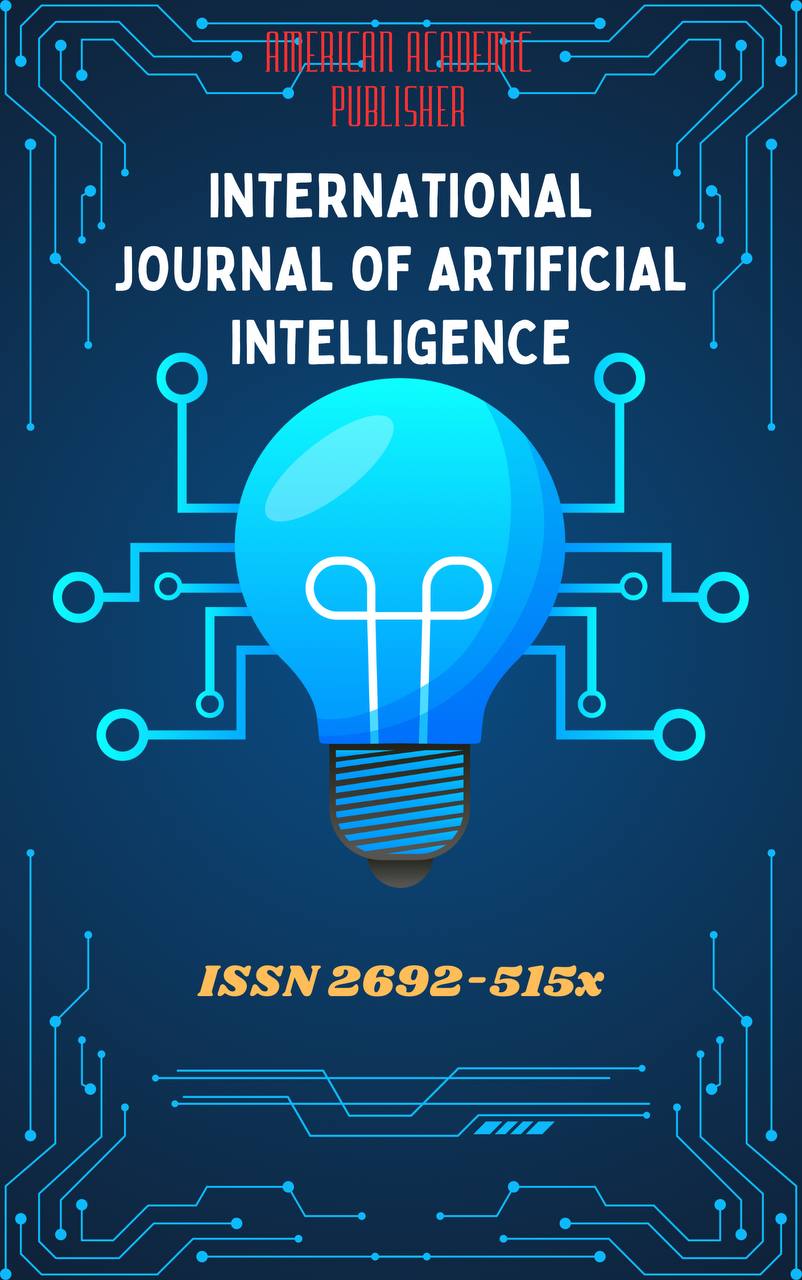 Articles
| Open Access |
Articles
| Open Access | THE IMPORTANCE OF LEARNING ENGLISH METHODS AND THE DIFFICULTIES FACED IN LEARNING
Khudoyorova Gulasal Ilhomiddinovna , Samarkand State Institute of Foreign Languages, Faculty of English Philology and Translation Studies Philology and Language Teaching – English, 1st-year student, Group 24.03Abstract
In today’s globalized world, English proficiency is a crucial skill, especially for youth in developing countries like Uzbekistan. This article examines the current state of English learning among Uzbek students, focusing on the challenges they face, particularly in remote and underserved areas. Drawing from a three-month teaching internship and data collected through surveys and interviews with students, teachers, and parents, the study reveals that grammar difficulties, limited vocabulary, low motivation, outdated methods, and lack of exposure to native English are major obstacles. Furthermore, economic hardships and insufficient teacher training hinder progress. The article proposes realistic, experience-based solutions to address these problems, including the implementation of interactive learning tools, community-led education initiatives, and motivation-enhancing programs. It argues that with targeted support and modern pedagogical approaches, even students from disadvantaged backgrounds can achieve high levels of English proficiency, opening doors to academic and global opportunities.
Keywords
English education, Uzbekistan, rural students, learning barriers, language policy, motivation, teaching innovation, modern strategies, tools, language skills, language certificates, communication skills, vocabulary, intonation rhythm
References
Brown, H. D. (2007). Principles of Language Learning and Teaching (5th ed.). Pearson Education.
Richards, J. C., & Rodgers, T. S. (2014). Approaches and Methods in Language Teaching (3rd ed.). Cambridge University Press.
Harmer, J. (2007). The Practice of English Language Teaching (4th ed.). Pearson Longman.
Krashen, S. D. (1982). Principles and Practice in Second Language Acquisition. Pergamon Press.
Lightbown, P. M., & Spada, N. (2013). How Languages Are Learned (4th ed.). Oxford University Press.
Nation, I. S. P. (2009). Teaching ESL/EFL Listening and Speaking. Routledge.
Ur, P. (2012). A Course in Language Teaching: Practice and Theory. Cambridge University Press.
Larsen-Freeman, D., & Anderson, M. (2011). Techniques and Principles in Language Teaching (3rd ed.). Oxford University Press.
Oxford, R. L. (1990). Language Learning Strategies: What Every Teacher Should Know. Newbury House.
Dornyei, Z. (2005). The Psychology of the Language Learner: Individual Differences in Second Language Acquisition. Lawrence Erlbaum Associates.
Ellis, R. (1994). The Study of Second Language Acquisition. Oxford University Press
Skehan, P. (1998). A Cognitive Approach to Language Learning. Oxford University Press.
Gass, S. M., & Selinker, L. (2008). Second Language Acquisition: An Introductory Course (3rd ed.). Routledge.
Nunan, D. (2003). Practical English Language Teaching. McGraw-Hill.
Saville-Troike, M. (2006). Introducing Second Language Acquisition. Cambridge University Press
Chamot, A. U., & O'Malley, J. M. (1994). The CALLA Handbook: Implementing the Cognitive Academic Language Learning Approach. Addison-Wesley.
Celce-Murcia, M. (Ed.). (2001). Teaching English as a Second or Foreign Language (3rd ed.). Heinle & Heinle.
Xudoyorova Gulasal Ilhomiddinovna. Methods of developing speaking skills. 18.01.2025.
Xudoyorova Gulasal Ilhomiddinovna. The Impact of Globalization on Youth in Our Society.
Unya Olya and Aere. The impact of globalization on youth development and early childhood education in Nigeria. Unizik journal of religion and human relations. volume 14 November- 1 2022
Article Statistics
Downloads
Copyright License

This work is licensed under a Creative Commons Attribution 4.0 International License.

